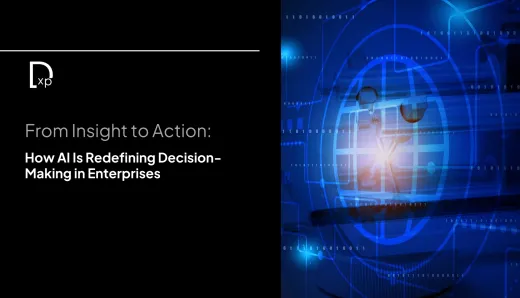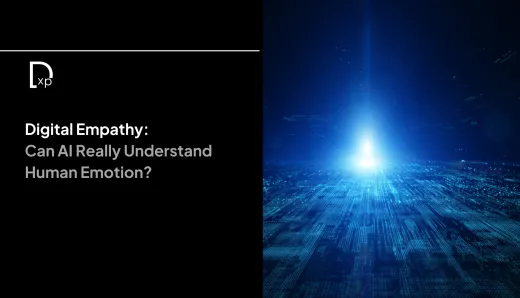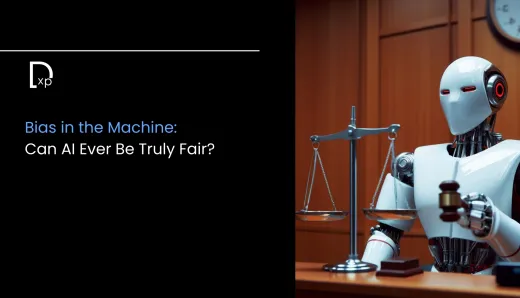The AI CEO: Automation’s Role in Tomorrow’s Boardroom

Automation Is Gunning for the Corner Office
We’ve all heard the stats. AI is replacing jobs. Automation is the future of work. Machines are getting smarter — fast.
But here’s the conversation that isn’t happening enough: What happens when AI starts making executive decisions?
Not just processing data or handling customer service — but actually influencing strategy. Setting vision. Steering the ship.
Because if you think AI is only here to help humans work faster, you’re missing the bigger story. AI isn’t just changing how we do business. It’s starting to change how we think about business.
And that includes the C-suite.
Decision-Making Is Getting a Makeover
Let’s face it: CEOs are expected to see around corners. To make high-stakes decisions with limited information. To interpret patterns, manage risk, and define growth opportunities before competitors do.
Historically, this required experience, intuition, and a strong leadership presence. But now? AI can crunch millions of data points across markets, trends, and operations in seconds — surfacing insights no human could have uncovered alone.
That’s not a fantasy. That’s already happening.
AI platforms are informing pricing strategy, identifying inefficiencies, and even evaluating cultural alignment in M&A deals. The role of the CEO is being quietly augmented, whether we admit it or not.
So the question isn’t, “Will AI become part of the boardroom?”
It already is.
The real question is, “How much power will we give it?”
The Rise of the “AI-Augmented Executive”
Here’s a more accurate — and frankly, more useful — way to look at this.
We’re not talking about AI replacing CEOs. Not yet. Maybe not ever. Because leadership isn’t just about intelligence — it’s about trust, context, and responsibility.
But we are talking about a shift in how executives make decisions.
The AI-augmented CEO is someone who knows how to interpret machine-generated insights without outsourcing human judgment. They understand how to question the model, not just follow its outputs.
They treat AI like a board advisor: powerful, fast, data-rich… but not infallible.
And the CEOs who don’t make this shift? They’ll start to look slow. Out of touch. And yes, replaceable.
Leadership in the Age of Logic
Let’s get tactical.
AI can already detect micro-trends, model out complex scenarios, and evaluate risk across multiple verticals. It can analyze financial statements in a heartbeat and tell you which KPI is off — and why.
But it can’t read the room.
It doesn’t know what the team is afraid to say. It doesn’t understand the nuance of timing a message during market volatility. It doesn’t know when to not follow the numbers because culture matters more.
This is the intersection where great leaders will live.
Because it’s not “AI vs human.” It’s “AI + human, used strategically.”
The best CEOs of tomorrow will know what to delegate to machines — and what to protect as distinctly human.
They’ll let AI recommend, but not dictate. Advise, but not lead.
It’s about leverage, not surrender.
Who’s Actually In Control?
Here’s where this conversation gets real.
The companies winning right now? They’re not just using AI to cut costs or automate workflows. They’re using AI to build new business models.
They’re training proprietary models on their own data. They’re combining AI with customer insight to create personalization at scale. They’re turning AI into a strategic advantage — not just a technical tool.
That’s CEO-level thinking.
And yet, the real danger isn’t AI taking over leadership. It’s leaders abdicating responsibility to AI.
Because once a system becomes a black box — where decisions are made by algorithms we don’t understand, driven by KPIs no one owns — we’ve lost the plot.
Leadership requires accountability. And you can’t be accountable for what you don’t control.
What Smart CEOs Are Doing Right Now
The smartest leaders today aren’t afraid of AI. But they’re not romanticizing it either.
They’re educating themselves on how these systems work. They’re hiring AI-savvy advisors who challenge hype and speak truth. They’re implementing ethical frameworks to guide responsible use.
They’re asking questions like:
What decisions shouldn’t we automate?
Are we using AI to deepen trust with our customers — or undermine it?
Who owns the outputs of the model, and how are we validating them?
How does this affect our team’s creativity, agency, and culture?
Because the real power move isn’t letting AI run the company.
It’s building a company that’s AI-informed, but human-led.
The Brand Implications Are Massive
One more angle to consider: your brand.
In a world where AI is generating content, analyzing customers, and recommending messaging, it’s easy to forget what your brand is actually made of.
It’s not just data. It’s voice. Tone. Values. Promise.
And here’s the truth: your customers can feel the difference.
AI can help you scale content. Optimize targeting. Measure sentiment.
But only you can lead your brand with authenticity.
If your CEO voice sounds like it came from a prompt instead of a person, your audience will notice.
So yes, use AI. But lead with brand. Always.
Final Thoughts: You’re Still the Visionary
There will always be a role for vision.
For risk-taking. For belief. For building something that didn’t exist before.
AI is here to stay. But it’s not here to replace leadership. It’s here to challenge it.
If you’re in the C-suite — or aiming to be — your job isn’t just to “keep up.” Your job is to think differently.
To ask better questions. To define how tech serves your mission — not the other way around.
In other words, the CEO of the future doesn’t look like a robot.
She looks like someone who knows how to wield power — without giving it away.




